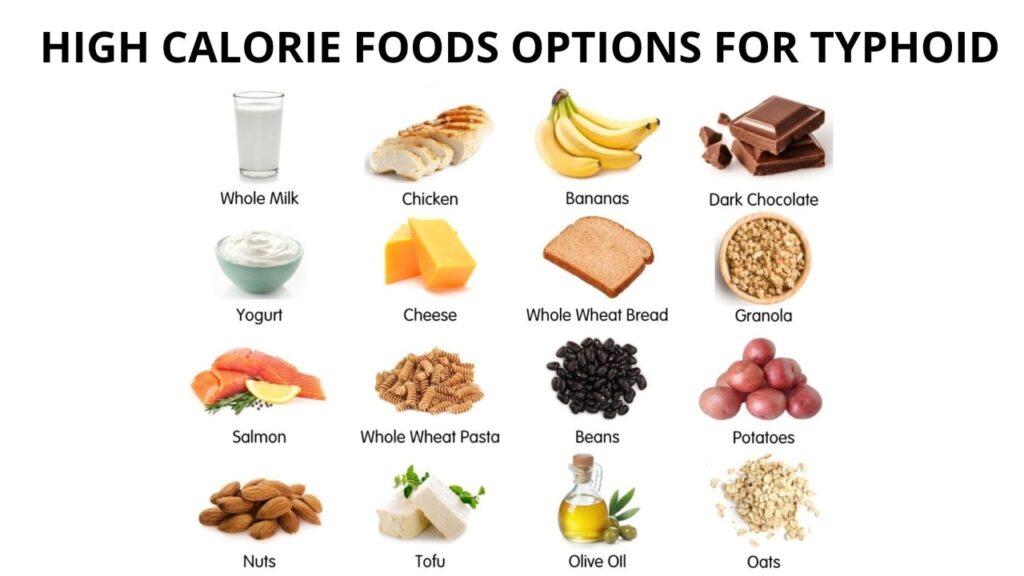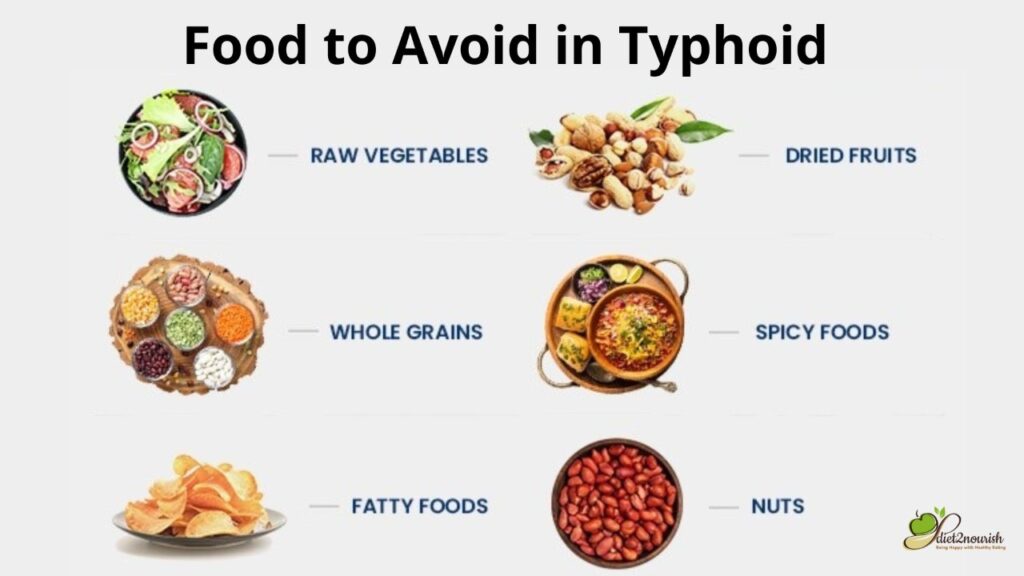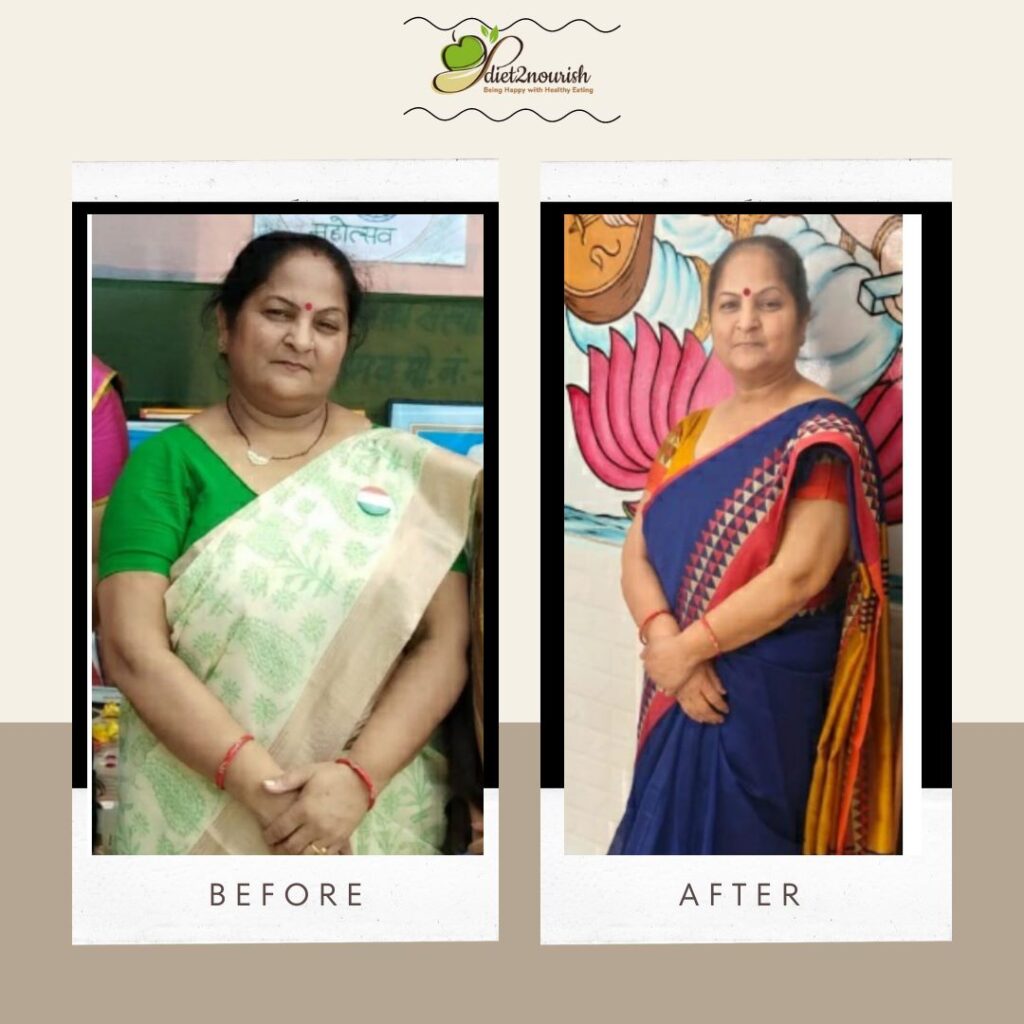Diet in Typhoid
Typhoid is a common illness in many developing countries. It has been studied that more than twenty-one million people worldwide get infected with typhoid. The problems are, that the infections so easily pass on, there seems to be no stopping of it. A carefully planned and monitored Diet in Typhoid has a major role to play in improving your conditions with typhoid.
Typhoid fever can affect all of a sudden or even gradually over few weeks. You can realize that you have typhoid if you have symptoms like high fever with pain in the body, consistent headaches, feeling tired, getting chills, having constipation, diarrhea, and there is enlargement in your liver and spleen. You may also come across severe gastrointestinal issues, followed by poor appetite and nausea.
What is Typhoid and how do you get it?
Typhoid is a highly contagious illness associated with the bacteria – Salmonella Typhi. It can also be caused by a related bacteria – Salmonella Para typhi, which is much less contagious. These bacteria are deposited through our feces, contaminating the water and food, and can spread to others easily.
On ingesting the contaminated food or water, the bacteria invade the smaller intestine and temporarily enter the bloodstream. They are carried by the white blood cells to our liver, spleen, and bone marrow. The worst part with typhoid bacteria is that they can survive for days and weeks in water and dry sewage, and can cause severe outbreaks if proper measures are not taken.
Typhoid Fever Treatment and Food

It is very essential for individuals suffering from typhoid to have small and frequent meals to sustain their strength and energy. The main purpose and crux of a diet for typhoid patients is to provide them with foods that are high in calories, are softer and bland that is light on the tummies, and loads the body with immune-boosting foods which help in strengthening the immune system.
Food for typhoid is the ones that can be easily digested and help to replenish the nutrients the body needs after losing.
What does the Typhoid Food Chart have to say ?
While diet alone cannot cure typhoid, but along with proper medication involving antibiotics, dietary modifications can help you get relief from its symptoms. The Diet in Typhoid focuses on alleviating digestive distress that is caused due to the illness and ensures that the body has enough stamina and energy.
High-Calorie Foods:

Food high in calories provides the sufferer with the needed energy the body needs to avert conditions like weight loss, poor appetite, and fever. Food sources abundant in calories are cereals, bread, rice, boiled potatoes, bananas, and starchy veggies.
High-Carb Foods:
It is vital to have foods dense in carbs for people suffering from typhoid. These carb-dense foods should be light, bland, and soft, which is easy to digest by people suffering from typhoid. Some of such high-carb foods that you can have are boiled rice, poached eggs, cereal porridge, and other steamed foods like idly to boost your energy needs.
Foods that are comforting:
Comfort foods are foods that are soothing like soups and broths. These types of foods help to boost your energy and combats fatigue. The best to have, are clear vegetable soup, or clear dal soup, or clear chicken soup.
Stay well hydrated:

You must maintain adequate fluid balance in your body during typhoid to avoid dehydration that may be caused due to fever and diarrhea. Support your body by drinking enough water and fluids, including tender coconut water, fresh juices, buttermilk, and eat plenty of fruits. Drink only filtered and boiled water.
Food to Avoid in Typhoid and Necessary Precaution

As it is important to have selected foods during typhoid, it is also vital to restrict the intake of foods that are high in fiber content. Such foods can upset the digestive system and cause more health issues like bloating and flatulence. You should avoid taking vegetables like cauliflower, cabbage, and bell peppers.
Limit or avoid the consumption of:
1. Whole Grains:
Barley, Buck Wheat, Brown Rice, Quinoa, Couscous
2. Legumes:
Lentils, Kidney Beans, Black Beans, Chickpeas
3. Nuts and Seeds:
Almonds, Walnuts, Pistachios, Flax Seeds, Chia Seeds, Pumpkin Seeds
3. Vegetables:
Cabbage, Onions, Cauliflower, Broccoli, Kale
4. Fruits:
Pineapple, Raw Berries, Dried Fruits. Kiwi
5. Fatty Foods:
Fried chicken, Chips, Doughnuts, Cheeses
Avoid consuming raw foods and vegetables, especially the ones that cannot be peeled, especially lettuce, spinach, and alike. The best would be avoiding any food handling yourself.
To keep the infection under control, avoid taking deep-fried, processed, and spicy foods. Butter, ghee, creamy desserts, and sweets should also be avoided. Follow these preventive measures for fighting typhoid and quicker recovery:
- Cook all foods properly before consuming.
- Avoid outside foods from street vendors, and fast foods.
- Drink only well-filtered and boiled water.
- Wash our hands properly with soap before taking food and after using the toilet.
- Seek immediate medical advice if fever continues and conditions worsen.
The Best Typhoid Foods to Enjoy on the Typhoid Fever Food Chart
1. Grains:
Pasta, White Bread, Crackers, White Rice
2. Dairy:
Fat-free or Low-Fat Milk, Yoghurt, Cheese, Ice Cream
3. Protein Sources:
Eggs, Chicken, Fish Tofu
4. Beverages:
Bottled Water, Herbal Teas, Coconut Water, Broths
5. Vegetables:
Only cooked Potatoes, Carrots, Green Beans, Squash, Beets
6. Fruits:
Fruits are naturally clean and high in water content. The best fruits for typhoid are Ripe Bananas, Melons, Boiled Apples.
The Diet Chart for Typhoid Patients: The Potential Benefits
If you are suffering from typhoid, making the correct food choices can help you recuperate faster and better from the illness. A typical diet chart in typhoid patients will ask you to follow these basic guidelines:
- Typhoid causes diarrhea and fever. Keep well hydrated with plenty of fluid and water intake to avoid severe water loss caused by dehydration, which could also prove fatal at times. A diet rich in fluidic foods is very important, and also including various kinds of foods with higher water content.
- Eat foods high in calories to overcome all ill effects of typhoid on you and preventing you from weight loss, which is common with typhoid. As mentioned earlier, potatoes, bananas, papaya, and pasta are a must including in a typhoid diet.
- Take more dairy and dairy products to overcome the ill effects of typhoid and feel energized.
- Eat foods that are easy to digest like semi-solid foods, foods rich in carbohydrates, like poached eggs, roasted or baked potatoes, and alike.
- Eat foods rich in Omega-3 fatty acids.
- For vegetarian, cottage cheese, yogurt, and legumes in the diet is a must. These foods provide the much-needed protein the body needs during this phase. For non-vegetarians, eggs, chicken, and lean meat are great options.
Though there are very limited evidence and findings on typhoid diet, it still can be advocated that diets low in fiber are great for typhoid as they are good for gastrointestinal conditions. A low-fiber diet is the best choice for the treatment of certain critical digestive illnesses like IBS – irritable bowel syndrome, a condition that is characterized by symptoms such as bloating, gas, and diarrhea.
Studies also confirm that a bland diet like the typhoid fever food, low in fiber, which has foods like bananas, white rice, toasts, applesauce, and more, and can be easily digested could help improving conditions of diarrhea in typhoid. Studies also indicate that consumption of hot and spicy foods could worsen several conditions associated with typhoid, like stomach pain and other gastrointestinal disorders.
The Best Foods to Eat in Typhoid
Boiled Yellow Moong Dal
One of the best foods to have during typhoid is simple boiled yellow moong dal. It is considered the best food during typhoid and its benefits are no hidden to us.
Bananas
The next best food on the list is our lifesaving bananas – one of the best foods to have when you are suffering from typhoid. Bananas provide the body with lots of energy, and energy is the most required element to fight the illness.
Honey
Sweets are generally advised to be avoided during typhoid, but honey is an exception. Honey not only fulfills the body’s need for sweetness during typhoid but also has many anti-bacterial elements that have proved to be beneficial against the typhoid-causing bacterium. Consumed with hot water, it leaves a soothing effect on the intestines, helping in the healing process.
Omega-3
The list of best foods to eat in typhoid cannot be complete without the food’s rich in omega 3 fatty acids. Foods like nuts and seeds, soybean, and eggs as well are best to have when you have typhoid. These foods are rich in antioxidants and anti-inflammatory qualities that help decrease inflammation in the body and hence are highly recommended to have when you are suffering from typhoid. As mentioned earlier here, diet alone cannot cure typhoid and you will have to undergo proper treatment as well. But certain dietary modifications can go a long way in getting you relief from the symptoms of the disease and help in the recovery process better and faster. Hence, you should focus on what you should eat during typhoid and after all, staying aware holds the key to staying healthy.
Frequently asked questions (FAQs)
Question1:
What foods should I avoid on the typhoid diet?
Answer:
You should avoid certain foods that are difficult to digest. They mainly include spicy foods, fried foods, and foods that are high in fat. Junk food and processed foods must be avoided when following a typhoid diet. You should also avoid foods that are high in fibre, such as whole grains, nuts, and seeds.
What foods should I eat on a typhoid diet?
Answer:
You should eat foods that are easy to digest and go easy on the tummy. They include foods such as boiled or steamed vegetables and lean proteins. Moreover, you should prefer eating easily digestible carbohydrates such as rice and potatoes. You should also drink plenty of fluids, such as water, broth, and fruit juice.
Can I return to my normal diet after recovering from typhoid fever?
Answer:
The answer to this question is Yes. You can return to your normal diet after you have fully recovered from typhoid fever. However, you should do so gradually. Do not jump on junk foods and foods unhealthy for typhoid. You should continue to eat a healthy, balanced diet to support your overall health and well-being.







